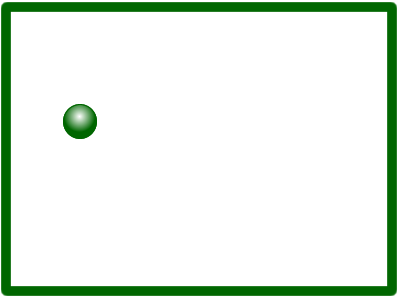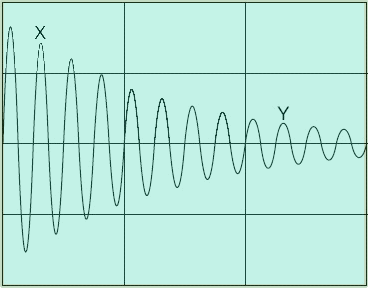KS3 Questions on Sound
Q11.
(a)
(i) Air contains nitrogen.
In the box below a circle represents a nitrogen atom.

Draw five nore circles, to show the arrangement of particles in nitrogen gas.
1 mark
(ii) Zeena carries a personal emergency alarm. It uses nitrogen gas to produce a very loud sound. The nitrogen gas in the container is under much higher pressure than the nitrogen gas in the air.

How does the arrangement of nitrogen particles change when the gas is under higher pressure?
1 mark
(b) Use words from the list below to complete the sentence.
- greater than
- equal to
- less than
The rate at which the nitrogen particles hit the inside of the container is .................................... the rate at which nitrogen particles hit the outside of the container.
1 mark
(c) Zeena pushes the lid down and nitrogen gas escapes through the diaphragm. The diaphragm vibrates and produces a sound.
The pattern on the oscilloscope screen below represents the soundwave produced by the alarm.

(i) The loudness of the sound produced by the alarm decreases between X and Y. How can you tell this from the graph?
1 mark
(ii) The pitch of the sound produced by the alarm stays the same between X and Y. How can you tell this from the graph?
1 mark
maximum 5 marks



